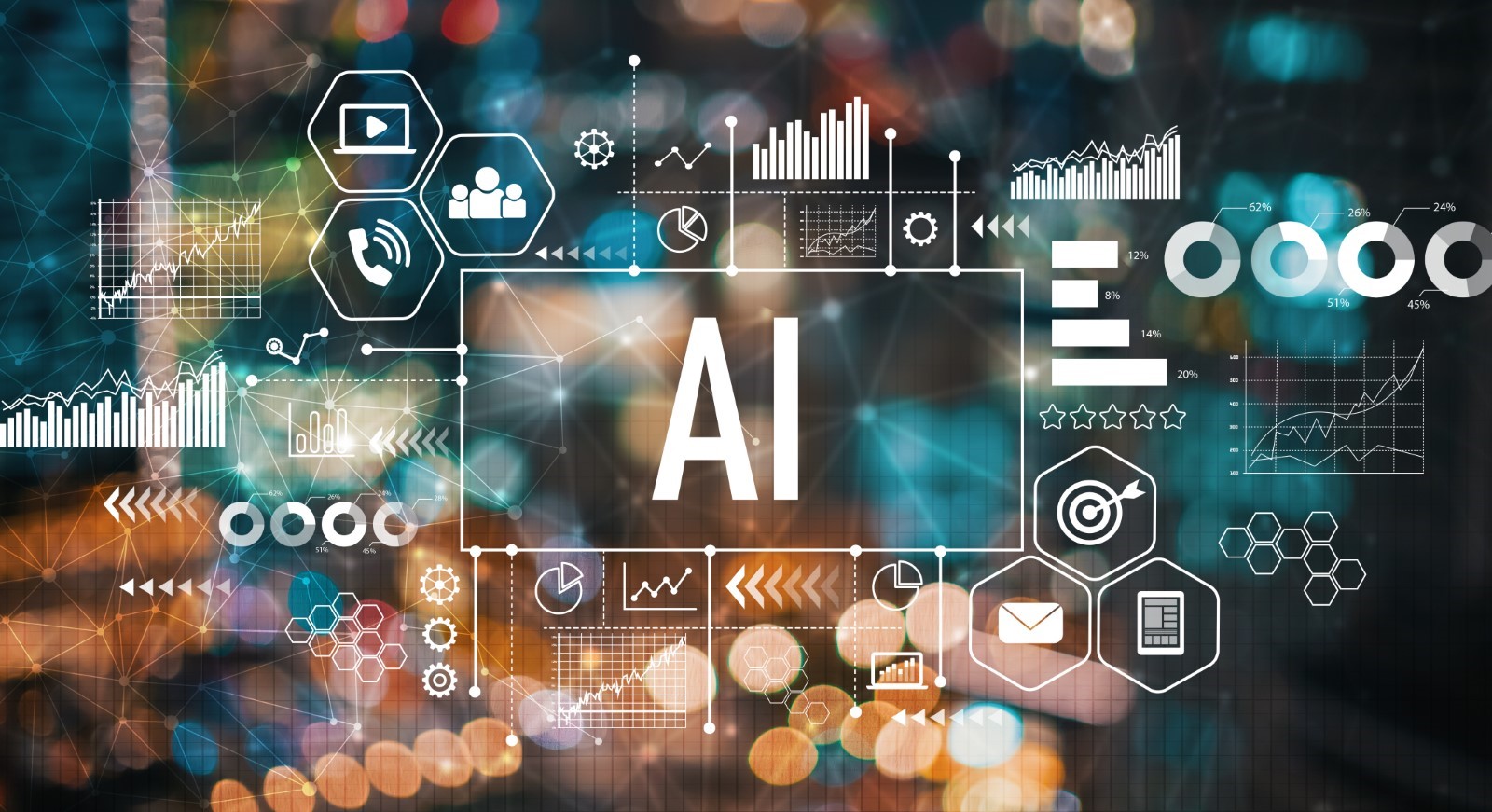
These days, a lot of infrastructure and security products claim to use AI. However, behind the curtain, what most products call “AI” (artificial intelligence) is actually machine learning or deep learning. Both machine learning and deep learning are incredibly powerful tools, capable of filtering through an enormous amount of information in incredibly short periods of time. This is critical for quickly and accurately detecting and responding to anomalies within a given environment.
Building on machine learning and deep learning will eventually allow us to create true AI, which will be capable of communicating using natural language, radically changing the way incidents are addressed.
Machine Learning, Deep Learning, & AI: A Brief Overview
Though AI, machine learning, and deep learning, along with the term “neural networks”, are frequently used interchangeably, they actually refer to distinct but heavily interrelated technologies that build upon each other.
Machine learning is a subfield of artificial intelligence, while deep learning is a subfield of machine learning. Neural networks are the backbone of deep learning algorithms; How many nodes your neural network has (also referred to as the depth of your neural network) is what distinguishes a single neural network from a deep learning algorithm.
What is an Algorithm?
An algorithm refers to a set of rules that need to be followed in order to solve a problem. In the context of machine learning, algorithms are designed to take in data and use it to perform either simple or complex calculations to generate the correct answer.
Algorithms need to be trained to classify and process information in order to determine the correct answer to a problem. However, just because an algorithm is involved in the calculation doesn’t mean a computer is using machine learning or AI: Machine learning refers to using the outcome of your prediction (calculated using an algorithm or other means) to improve future predictions.
AI
AI and machine learning are frequently used interchangeably but are actually distinct concepts. AI is broader than machine learning and refers to using computers to mimic human cognitive functions. When machines are able to perform tasks based on algorithms in a way that mimics human intelligence, we refer to that as AI.
Machine Learning
Machine learning is a subset of AI that focuses on a machine’s ability to receive a set of data and, using prior experience as well as algorithms, learn from this information. Computers that use machine learning are able to update and refine their algorithms as they learn more about the data they are processing, much like humans learn and update our views based on new information.
Teaching computers to think like humans do is achieved at least in part through the use of neural networks. Neural networks refer to a group of algorithms modeled after the human brain, designed to help the computer recognize patterns and classify and categorize information. Just like a human brain, when the computer encounters something new, it compares this new piece of data to known items in order to understand and make sense of this new information.
Deep Learning
Deep learning is a subset of machine learning that goes a level deeper and is sometimes referred to as “deep neural networks”, a reference to the many layers involved. While a neural network may only rely on a single layer of data, a deep neural network works with two or more data layers.
Deep learning learns from exposure, taking in millions of data points, classifying these points, and making sense of the relationships between data points. Deep learning networks don’t need to be programmed with criteria to define items but instead are able to identify edges through exposure to large quantities of data. A good early example of deep learning is the Google Brain.
Improving Security Using Machine Learning & Deep Learning
When it comes to security, incidents are measured using three general metrics:
- The number of incidents that have occurred on the network or within a given application.
- How long it takes to detect an incident.
- How long it takes to respond to an incident.
AI promises to reduce the amount of time a system takes to identify and respond to incidents while also improving the overall quality of all instances. By improving detection and responsetime, organizations can improve network and application performance and availability, reduce downtime, and improve user experience.
Intrusion detection is an excellent example of how machine learning and deep learning can improve applications: for many organizations, there is simply too much information for a single human, or even a team of humans, to manually review in a reasonable period to determine if an incident is taking place. That means that by the time an incident is manually detected, the damage to your network and other systems has already been done.
By effectively leveraging machine learning, incidents are detected quickly. As soon as the system detects a potential threat, it alerts the helpdesk automatically so they can launch an investigation. While this is happening, the system automatically isolates the compromised computer from the rest of the network so that it can’t infect other endpoints or be used as a gateway to more sensitive areas of the network. The system will also update the computer’s endpoint protection to lock down sensitive data so it can’t be removed from the system or encrypted via ransomware.
Leveraging Machine Learning, Deep Learning, & AI Effectively with Bird Rock Systems
The experienced team at Bird Rock Systems is always here to help. Our experts can help you:
- Vet new technologies to determine if they will improve your bottom line and reduce risk
- Pilot new technologies in a closed-off environment, allowing you to test drive new programs and applications for yourself without impacting your team’s productivity
- Integrate new solutions with your existing technologies (such as your ticket system, active directory, firewall, endpoint protection solution, and email protection solution) to ensure compatibility
Though the world may not have true AI yet, machine learning and deep learning are highly effective tools that, when leveraged appropriately, can significantly increase your organization’s security. For more information about machine learning and deep learning tools, or to discover how your organization can effectively leverage these technologies, please contact our team today.





